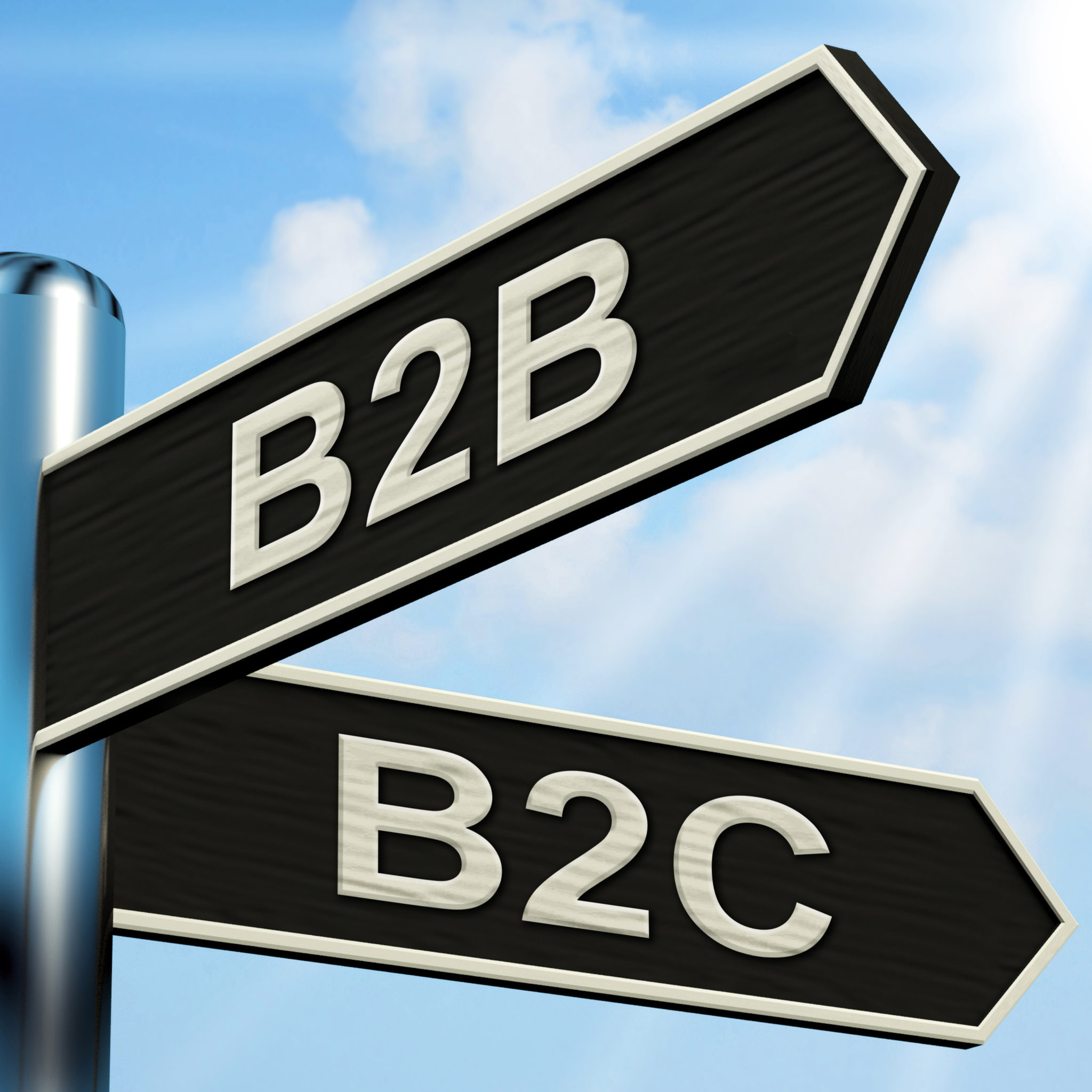Things have changed a lot in the world of social media marketing since Facebook was created to be a social platform aimed at college students to meet one another and Twitter began as a microblog of sorts.
It’s funny how things evolve. As Facebook, Twitter and other big social media networks grew to attract millions of users, businesses began to realize the huge potential of social media marketing. Forward-thinking organizations began integrating social media marketing into their overall marketing mix. Generally speaking, these early-adopter companies were almost entirely B2C (business-to-consumer).
B2B (business-to-business) companies have been slower to realize the advantages of social media for promoting their business. One reason for this is a perceived inability to measure the effectiveness of such marketing initiatives. The concept of ROE (Return On Engagement) is still a mystical term in B2B marketing compared to more traditional metrics connected with ROI (Return On Investment).
Here are three noteworthy differences between social media marketing for B2C and B2B organizations:
1. CONTENT
Format: Content is no longer just written words such as white papers, blog posts, etc. Its so much more than that! Content can be in audio, visual, and interactive formats. Think, SlideShare, infographics, podcasts and webinars.
Messaging and purpose: Gone are the days when a company could pump out promos without thought of offering real value and education for its audience. Today’s best social media strategies for both B2C and B2B audiences embraces the notion of growing brand engagement through educational, helpful and unique content.
Keep these in mind and your company will be top-of-mind when it comes time to make a purchasing decision.
B2B Content
B2B marketers have a big arsenal to choose from when it comes to content marketing. While B2C marketers have the benefit of being more casual in the type of content they create, B2B marketers commonly focus on safer, “professional” types of content, such as:
- White Papers
- eBooks
- Case Studies
- Webinars
- One Pagers
- Infographics
B2C Content
In terms of the “classic” types of content, B2C companies should heavily focus on blog content. It’s important to think about how shareable a post will be when writing blog content. Make sure there are share buttons on the blog post so that readers can easily share your content across social channels with a single click.
When done correctly, B2C marketers can leverage the powerful viral effect of visual content, too. Creating entertaining videos, distributed through YouTube or other channels, for example, is an excellent way to do this.
It’s important that B2C content is well planned, and correctly geared towards the target audience demographic. As such, social content for B2C marketers should be more casual – including humor and even risqué banter can work well if (and only if) it fits with the brand.
2. SOCIAL MEDIA NETWORKS
All social media networks are there to find and engage with your company’s audience right? Wrong. Depending on whether you’re a B2C- or B2B-focused business, the networks through which you communicate can make all the difference.
B2B Networks
Most B2B marketers focus on LinkedIn, Facebook, and Twitter. Some could argue that other platforms, such as Instagram and Pinterest, can be integrated into a B2B social media marketing initiative — but it’s debatable how applicable these are in a B2B social media environment. Usually, of the ‘big three’ B2B networks, LinkedIn is the most impactful. That’s because the audience there is far more business-focused as compared to Facebook and Twitter. Discussion groups, for example, can be leveraged to reach and engagement with millions of business leaders and decision makers.
B2C Networks
There are a myriad of different social media platforms available — and it seems there’s a new one each year. Here are the four main platforms B2C organizations should focus on:
- Facebook: The gold standard for B2C social media marketing. It was the first social channel and remains a staple of any effective B2C social media strategy. Facebook, for B2C, is a fantastic tool for community engagement, promotion, and customer support.
- Twitter: Twitter is one of the only “open” social networks. This means that any tweet you create can be viewed by anyone. However, it is important to understand how to ensure your tweets are getting the most visibility possible. To achieve this, we’d suggest making sure to research hashtags, come up with creative campaigns, and engage with well-known people (also known as ‘influencers’) in your industry. Don’t forget to engage with your community frequently as well!
- Instagram: Visual content is an incredibly useful tool for B2C marketers. Instagram, as a social network focused on pictures, can be used to give a personal face to your company. Take pictures in the office, and other behind the scene places and post them on a regular basis. Selfies are always a good choice.
- YouTube: Video content is one of the best ways to capture your audience’s attention. Creating fun videos is something all B2C marketers should focus on. While production value is important, there certainly is value to a less polished video — it gives your company more personality.
3. GOALS AND METRICS
This article has outlined the many differences between B2B and B2C social media marketing, but the difference that sticks out the most is lead generation. Simply put, lead generation is the ultimate goal of B2B social media marketing, while B2C has different goals.
B2B Goals and Metrics
The top goal for B2B marketers with regards to their content is lead generation. However, the number one way they measure their content’s effectiveness is web traffic. While this statistic seems to make no sense, it clearly shows the perception in the B2B community that there is no way to measure the real effectiveness of social media marketing.
B2C Goals and Metrics
Given the nature of B2C marketing in general, B2C social media marketing focuses mainly on community engagement and awareness. Virality is the keystone to a B2C social media strategy. Creating viral content is a product of focusing on increasing awareness through social media.
Need help navigating the options? J. Fitzgerald Group can help. Give us a call at 716.433.7688 to find out how!
This post has been amended from an article published at oktopost.com


